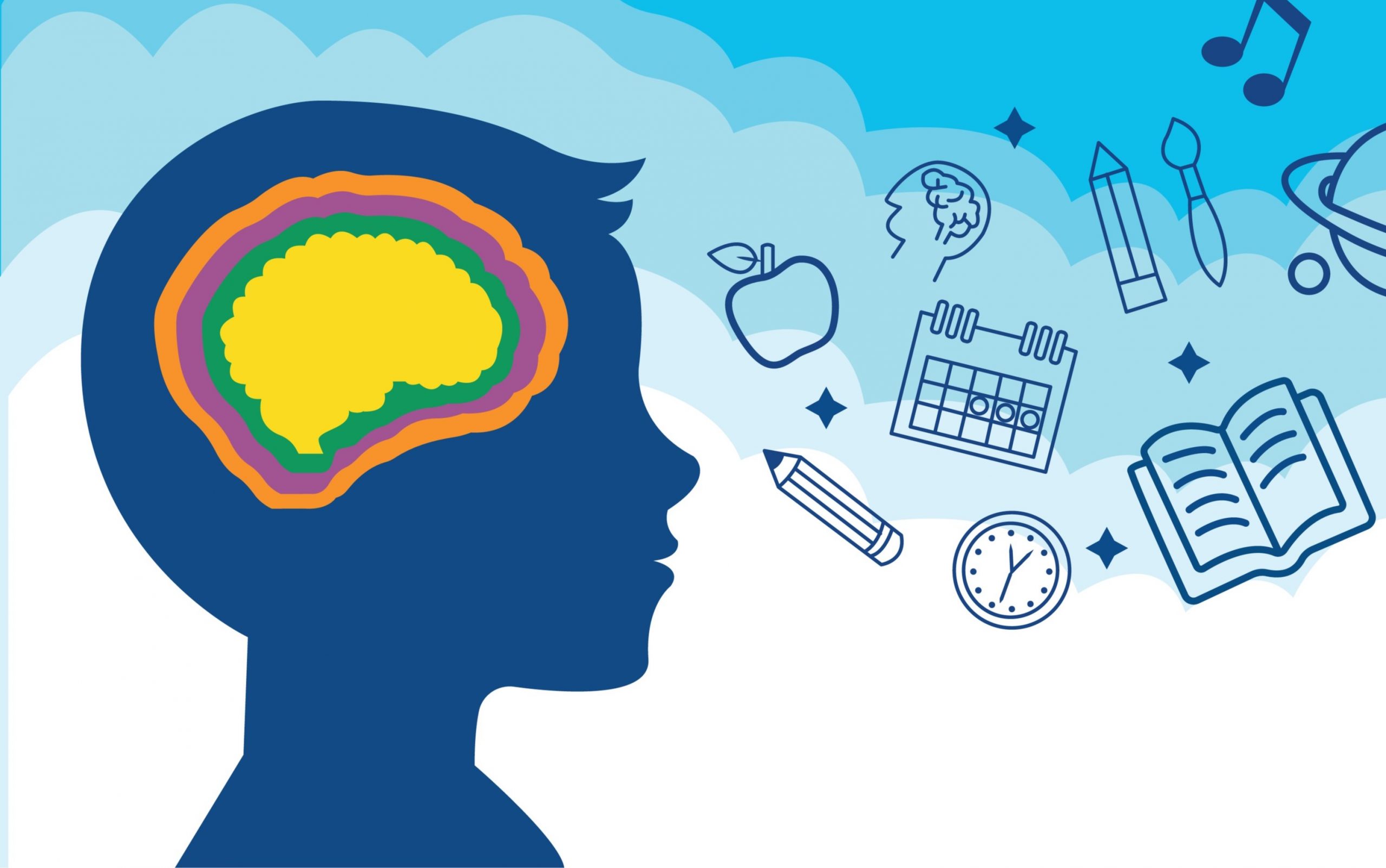So what is dyslexia? Our understanding has evolved over time as further research has become available and it will continue to so do.
It is understood that dyslexia
is a neurological difference that is thought to affect 1 in 10 people. Although you may think
of it in terms of problems with reading and spelling, it can also impact other
areas such as memory and organisational skills
It is a lifelong condition which often runs in families and can range from mild to severe. Each person is
unique and will have a different experience. However there are
signs to look out for if you think your child may be dyslexic. The British Dyslexia Association (BDA) provides a list
of indicators by age group which may be a useful starting point.
If you are concerned or your child has several of these indicators, then please feel free to contact me for further advice.
Definition of Dyslexia:
In diagnosing dyslexia, evidence from an assessment is mapped to an accepted definition. I use the BDA definition below:The BDA
has adopted the Rose (2009) definition of dyslexia:
Dyslexia
is a learning difficulty that primarily affects the skills involved in accurate
and fluent word reading and spelling.
- Characteristic features of dyslexia are
difficulties in phonological awareness, verbal memory and verbal processing
speed.
- Dyslexia occurs across the range of intellectual abilities. It is best
thought of as a continuum, not a distinct category, and there are no clear
cut-off points.
- Co-occurring difficulties may be seen in aspects of language,
motor co-ordination, mental calculation, concentration and personal
organisation, but these are not, by themselves, markers of dyslexia.
A good
indication of the severity and persistence of dyslexic difficulties can be
gained by examining how the individual responds or has responded to
well-founded intervention.
In
addition to these characteristics:
The BDA acknowledges the visual and auditory
processing difficulties that some individuals with dyslexia can experience, and
points out that dyslexic readers can show a combination of abilities and
difficulties that affect the learning process. Some also have strengths in
other areas, such as design, problem solving, creative skills, interactive
skills and oral skills.
- BDA (2010)
Neurodiversity and Dyslexia
Of course, it is
important to note that thinking in a different way can be a positive
thing. The term neurodiversity is relatively new and promotes the idea that neurological differences are a normal human variation which should be recognised and respected.
There are many examples of dyslexic individuals who have excelled in their field. For example, although it cannot be proved, it is thought that Leonardo
Da Vinci and Albert Einstein may both have been dyslexic!
I like to think in terms of neurodiversity when I am working with
students because this reinforces the belief that everyone works in a
different way. If a child does not understand something, as a teacher it
is my job to explain it in a different way.
With the right support, children can achieve their potential and thrive!

